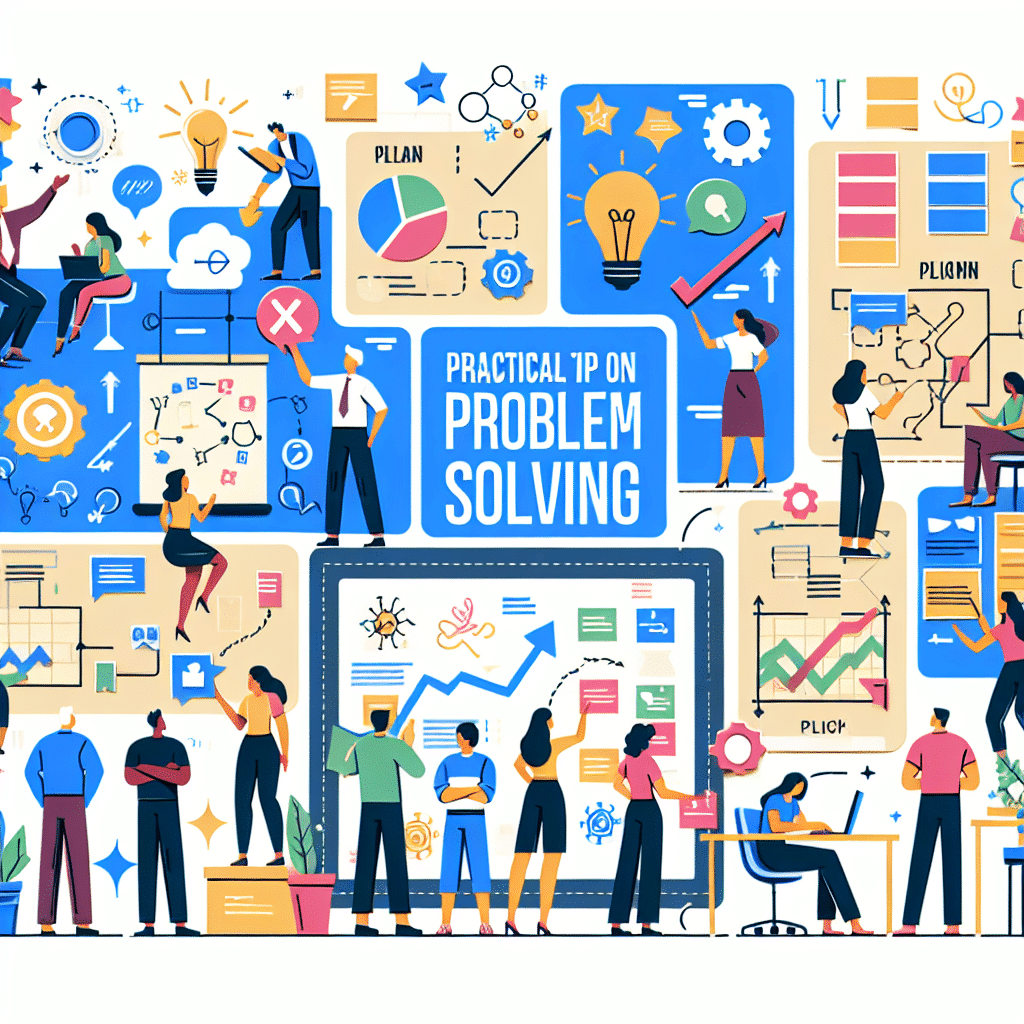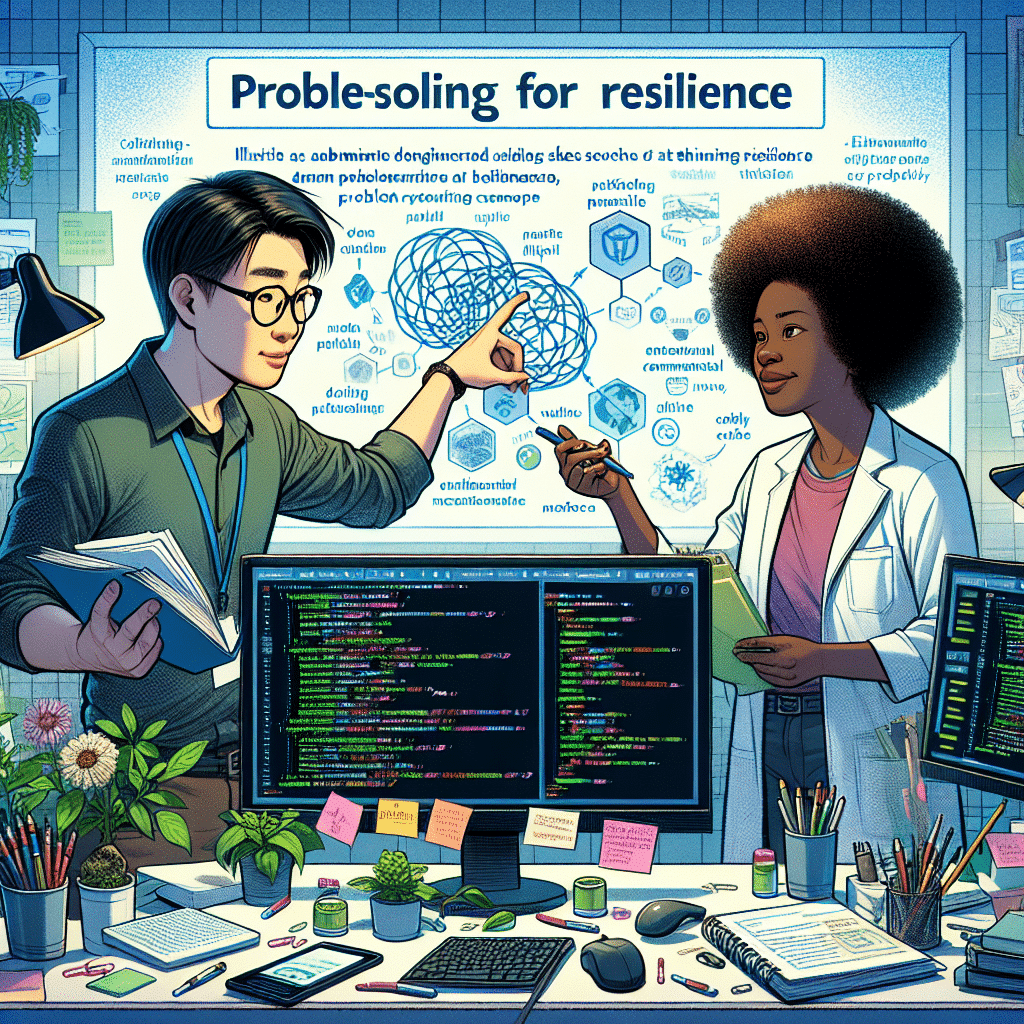
Importance of interdisciplinary approaches in goal setting
In today’s complex and rapidly evolving world, interdisciplinary approaches to goal setting have become increasingly important. By combining insights and expertise from different disciplines, organizations can develop more comprehensive and effective strategies to achieve their objectives. This collaborative approach not only helps in addressing diverse perspectives and potential roadblocks but also enables a holistic understanding of the goals and how to achieve them. Let’s explore the significance of interdisciplinary approaches in goal setting.
Benefits of Collaboration in Goal Setting
Collaboration in goal setting brings together individuals from different disciplines, each with their unique perspectives, expertise, and experiences. This diversity allows for a more comprehensive analysis of the situation, leading to better-informed decisions and goal setting strategies. By working together, interdisciplinary teams can leverage each other’s strengths and knowledge to create innovative and well-rounded goals that address various aspects of a problem.
Furthermore, collaboration in goal setting fosters a sense of ownership and commitment among team members. When individuals from different disciplines are involved in setting goals, they are more likely to feel invested in the outcome and motivated to work towards achieving them. This shared responsibility promotes accountability and encourages team members to actively contribute their ideas and efforts to reach the desired outcomes.
Another benefit of interdisciplinary collaboration in goal setting is the opportunity for cross-pollination of ideas. By engaging with professionals from diverse backgrounds, individuals can learn new approaches, methodologies, and best practices that they may not have been exposed to otherwise. This exchange of knowledge can spark creativity, inspire innovation, and lead to breakthrough solutions that may not have been possible without interdisciplinary collaboration.
Moreover, collaboration in goal setting enables teams to leverage resources more effectively. By pooling together their expertise, networks, and resources, interdisciplinary teams can access a broader range of tools and opportunities to support their goals. This collective effort not only enhances the quality of goal setting but also increases the likelihood of success by tapping into a wider range of resources and support systems.
In conclusion, collaboration in goal setting offers numerous benefits, including a well-rounded perspective, increased ownership, cross-pollination of ideas, and effective resource utilization. By promoting interdisciplinary approaches to goal setting, organizations can harness the power of diverse perspectives and expertise to craft innovative, comprehensive, and achievable goals that drive success and growth.
Strategies for Effective Interdisciplinary Goal Setting
When it comes to interdisciplinary goal setting, there are several strategies that can help ensure success:
1. Clear Communication:
Effective communication is key when working across disciplines. Ensuring that all team members understand the goals, their roles, and how they contribute to the overall objective is essential. Regular check-ins and updates can help keep everyone on the same page.
2. Establishing Common Goals:
It’s important for all disciplines involved to align on common goals and objectives. This can help prevent conflicting priorities and ensure that everyone is working towards the same overarching goal.
3. Collaboration and Teamwork:
Encouraging collaboration and teamwork between different disciplines can lead to innovative solutions and outcomes. By leveraging the unique expertise and perspectives of each team member, interdisciplinary goal setting can result in more comprehensive and effective strategies.
4. Flexibility and Adaptability:
Interdisciplinary goal setting may require flexibility and adaptability as different disciplines may have varying approaches and timelines. Being open to new ideas and adjusting plans as needed can help overcome challenges and drive success.
5. Utilizing Technology:
Technology can be a valuable tool in facilitating interdisciplinary goal setting. Utilizing project management software, communication platforms, and collaboration tools can streamline workflows and improve coordination between team members from different disciplines.
By implementing these strategies, interdisciplinary teams can navigate the complexities of goal setting across disciplines and achieve successful outcomes.

Overcoming Challenges in Interdisciplinary Goal Setting
When it comes to interdisciplinary goal setting, there are several challenges that teams may face. However, with the right strategies in place, these challenges can be overcome to ensure successful collaboration and achievement of shared objectives.
1. Communication
One of the primary challenges in interdisciplinary goal setting is communication. Different disciplines often use specialized terminology and concepts, making it essential to establish clear communication channels and ensure that all team members understand each other’s perspectives. Regular meetings, updates, and shared documents can help bridge communication gaps and facilitate effective collaboration.
2. Differing Priorities
Each discipline may have its own priorities and objectives, which can sometimes conflict with those of other team members. It is crucial to align these priorities and develop a shared understanding of the overarching goal to ensure that everyone is working towards the same outcome. Compromise, negotiation, and consensus-building are key skills in overcoming this challenge.
3. Resistance to Change
Resistance to change is another common challenge in interdisciplinary goal setting. Some team members may be hesitant to adopt new approaches or strategies, particularly if they are accustomed to working within the confines of their own discipline. Building trust, fostering a culture of openness and flexibility, and providing opportunities for training and development can help mitigate resistance to change.
4. Resource Allocation
Interdisciplinary projects may require resources from multiple disciplines, which can sometimes lead to conflicts over resource allocation. It is essential to have clear guidelines in place for resource allocation, as well as open and transparent communication about resource needs and constraints. Collaborative decision-making processes can help ensure that resources are allocated fairly and efficiently.
In conclusion, while interdisciplinary goal setting may pose challenges, overcoming these obstacles is essential for driving innovation, creativity, and ultimately, achieving success. By addressing issues such as communication, differing priorities, resistance to change, and resource allocation, interdisciplinary teams can work together effectively to reach their goals.
Case Studies Highlighting Successful Interdisciplinary Goal Setting Efforts
Case Study 1: Healthcare Innovation
In a cutting-edge healthcare research institute, a team of medical professionals, researchers, engineers, and designers came together to set a goal of developing a new medical device to improve patient outcomes. By combining their expertise and perspectives, they were able to create a groundbreaking device that revolutionized the way certain medical procedures are carried out, ultimately saving lives and reducing healthcare costs.
Case Study 2: Environmental Conservation
Environmental scientists, policymakers, economists, and community leaders joined forces to set a goal of reducing carbon emissions in a particularly polluted area. By working together to develop comprehensive strategies that addressed both environmental concerns and socio-economic factors, they were able to successfully implement a series of initiatives that led to a significant reduction in carbon footprint and improved overall environmental quality in the region.
Case Study 3: Education Reform
In the field of education, a team of educators, psychologists, curriculum specialists, and technology experts collaborated on setting a goal to improve student performance in underperforming schools. By integrating their diverse perspectives and skill sets, they were able to devise innovative teaching methods, implement personalized learning programs, and leverage technology effectively to support student learning. As a result, they saw a significant increase in student achievement and engagement, leading to improved academic outcomes for the students.
These case studies demonstrate the power of interdisciplinary approaches to goal setting in achieving impactful and transformative results across various fields. By harnessing the collective knowledge, skills, and experiences of experts from different disciplines, organizations can drive innovation, address complex challenges, and create sustainable solutions that have a lasting positive impact.

Summary
Interdisciplinary approaches to goal setting are crucial in promoting comprehensive and well-rounded solutions to complex problems. Collaboration between different disciplines allows for diverse perspectives, expertise, and resources to be utilized towards achieving common goals.
By employing strategies such as effective communication, diversity inclusion, and mutual respect, interdisciplinary teams can enhance their goal-setting processes and achieve more innovative and sustainable outcomes. Despite challenges such as diverging priorities or viewpoints, addressing these issues through open dialogue and consensus-building can lead to successful interdisciplinary goal setting.
In conclusion, embracing interdisciplinary approaches to goal setting can lead to improved outcomes, holistic problem-solving, and enhanced creativity in addressing society’s most pressing challenges. By leveraging the strengths of various disciplines, organizations and individuals can work together towards achieving shared objectives more effectively and efficiently.






